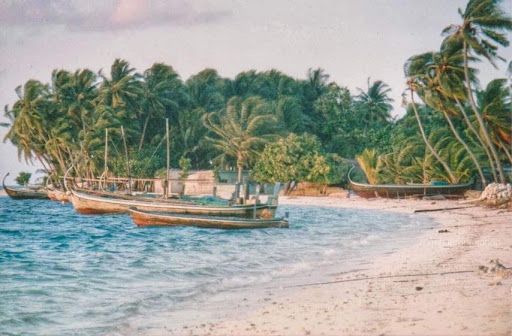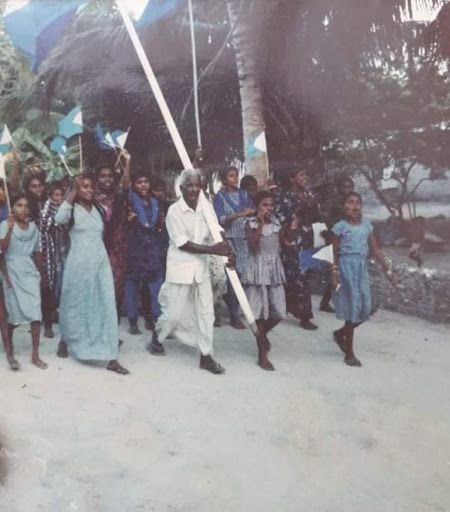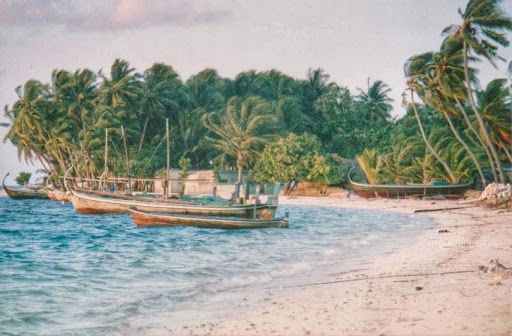Guraidhoo
François Pyrard de Laval had a written record about a ship wreck that took place near Guraidhoo island in 1605. The wreck involved a Chinese ship that was carrying a cargo of porcelain and other merchandise, and over 500 passengers.

François Pyrard de Laval had a written record about a ship wreck that took place near Guraidhoo island in 1605. The wreck involved a Chinese ship that was carrying a cargo of porcelain and other merchandise, and over 500 passengers. The wreck is believed to have occured on the Medhu Faru near the island with only 100 survivors. Although there are no visible remains to be seen, the reef is still popular amongst divers as it is home to Guitar sharks, Napoleon Wrasses and Eagle Rays.
In the past, Guraidhoo is said to have been a popular destination for Sultans for resting and relaxation, and would also flee to the island in times of rebellion or outside invasions.
The island's lagoon formation provides protection to Dhonis during Iruvai monsoon and is a popular anchiring location for Safari boats as they can tie off at the beach with easy access to beach.
Sultan Hussain Faamuladheyri Kilegefaanu of Utheemu Dynasty who reigned the country between the years 1609 - 1620 AD, was laid to rest in K. Guraidhoo. His tomb was placed near an old mosque "Valhu Miskiy" and his tombstone carried his name, his father's name and the date of passing. His tomb was recently vandalized.Guraidhoo is currently most famous as the location for the only center home for Persons with Disabilities. The centre was first opened as 'Bodu Ge' by the Maldivian Government in 1979 under President Nasir's regime to provide aid to those afflicted by leprosy and unable to to fend for themselves. Bodu Ge was responsible for providing shelter and food to these people. The establishment was renamed and reopened under President Maumoon's regime as a centre for persons with disabilities.


